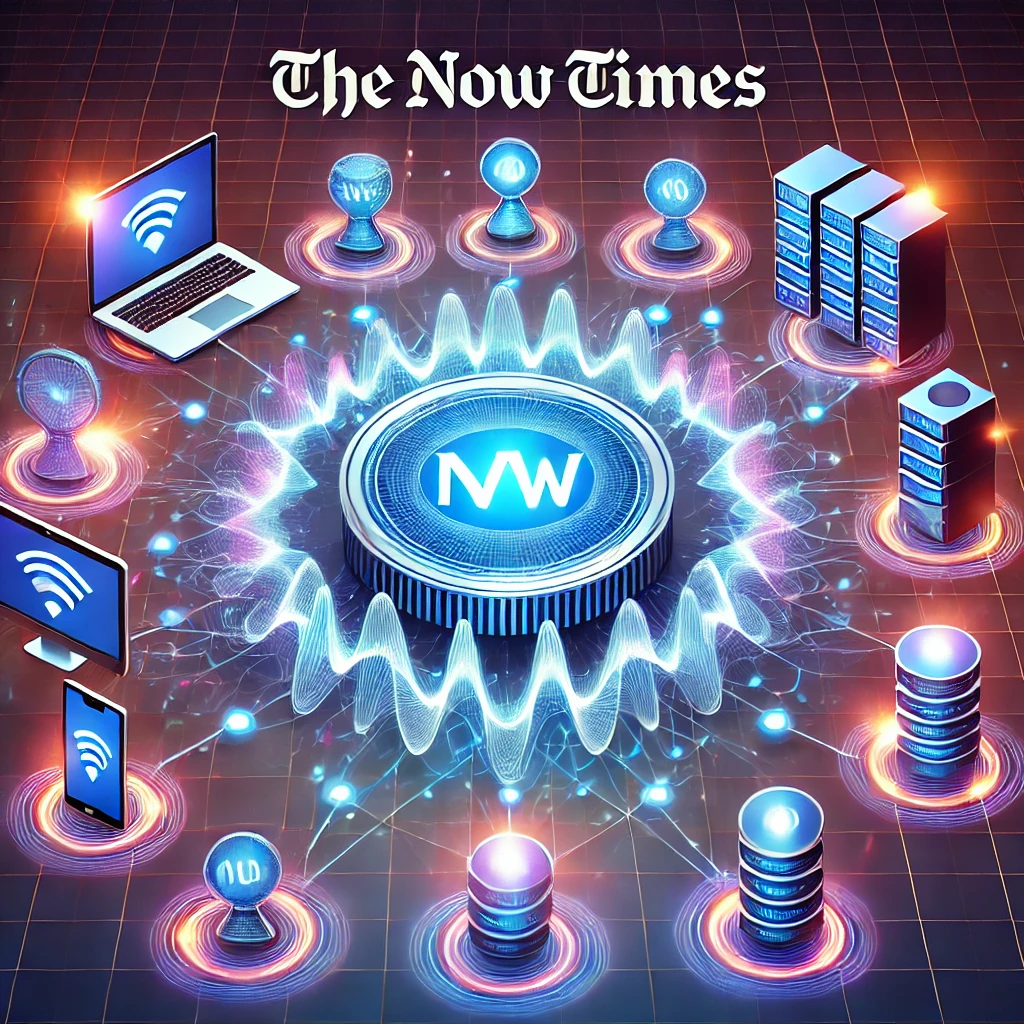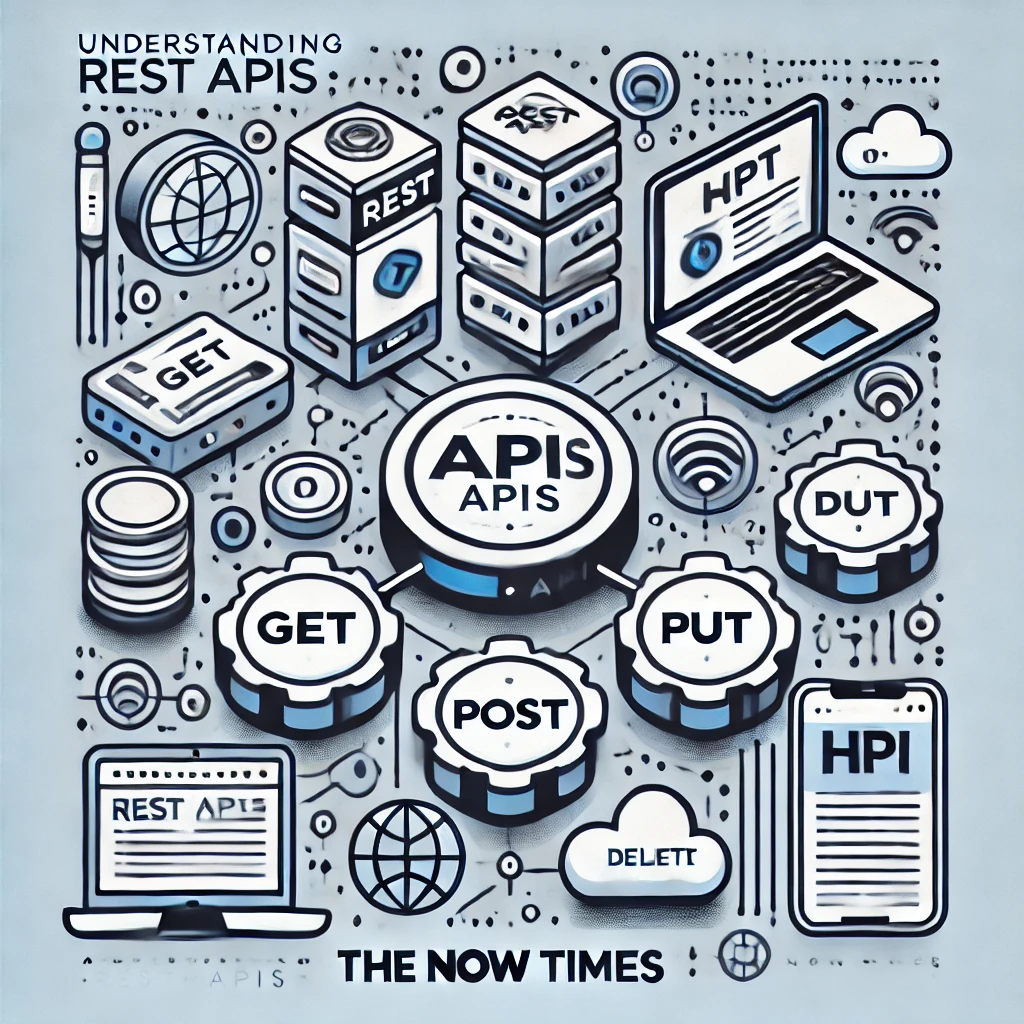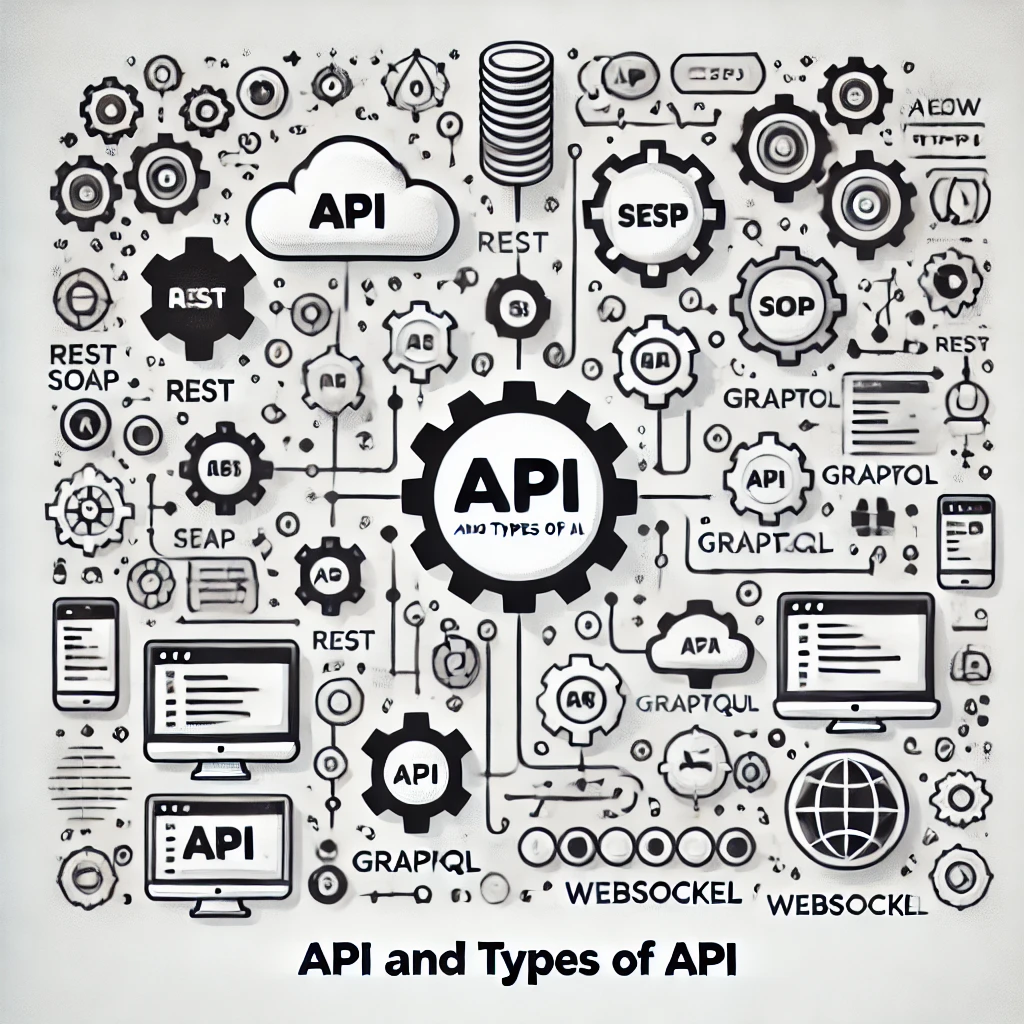SOAP APIs (Simple Object Access Protocol)
SOAP APIs are a powerful tool for building web services, especially in enterprise environments where reliability and security are paramount.

SOAP (Simple Object Access Protocol) is a protocol for exchanging structured information in the implementation of web services in computer networks. It relies on XML (Extensible Markup Language) for message format and typically uses HTTP or SMTP as a transport mechanism. SOAP APIs are widely used in enterprise systems due to their strong security features and reliability.
Key Features of SOAP APIs
-
Protocol-Based: SOAP is a protocol rather than an architecture. It provides a strict set of rules that must be followed to ensure seamless communication.
-
XML Messaging: SOAP uses XML to encode its messages, which makes it language-independent and platform-agnostic.
-
Transport-Neutral: SOAP can work over various protocols such as HTTP, SMTP, TCP, and more, making it flexible for different network architectures.
-
Built-In Error Handling: SOAP includes mechanisms for reporting errors in processing requests or responses.
-
Extensibility: It allows developers to include custom headers and other elements as needed for specialized requirements.
Structure of a SOAP Message
A SOAP message is an XML-based document that consists of the following components:
-
Envelope: The root element that defines the start and end of the message.
-
Header: Contains metadata about the message such as authentication details, transaction IDs, etc.
-
Body: Contains the actual data of the request or response.
-
Fault: An optional element that provides information about any errors during message processing.
Advantages of SOAP APIs
-
High Security: SOAP provides WS-Security standards, enabling secure communication with encryption and authentication.
-
Reliability: Built-in error handling ensures dependable communication.
-
Extensive: Standards: SOAP is backed by a wide range of standards, making it suitable for complex use cases.
-
Stateful Operations: SOAP supports stateful operations, allowing it to maintain a session between client and server.
Disadvantages of SOAP APIs
-
Complexity: SOAP APIs are more complex to implement compared to REST APIs.
-
Performance Overhead: The use of XML can result in larger payloads and slower processing times.
-
Less Flexibility: SOAP APIs are tightly coupled with their defined schema, which can make modifications challenging.
Common Use Cases of SOAP APIs
-
Enterprise Applications: Many enterprise-level systems, like Customer Relationship Management (CRM) and Enterprise Resource Planning (ERP), use SOAP for robust and secure communication.
-
Financial Services: SOAP is widely used in the banking and financial sectors due to its strong security features.
-
Telecommunication Services: SOAP APIs are often used in systems that require strict standards, such as billing systems.
Comparing SOAP to REST
While REST APIs are popular for their simplicity and performance, SOAP APIs stand out in scenarios that require higher security, formal contracts, or reliable error handling.
Conclusion
SOAP APIs are a powerful tool for building web services, especially in enterprise environments where reliability and security are paramount. Despite its complexity, the protocol’s robustness makes it a viable choice for large-scale applications.
Leave a Comment
Releted Articles

WebSocket APIs: Real-Time Communication for Modern Applications
The WebSocket API is a powerful tool for enabling two-way, real-time communication between a client and a server.

Understanding GraphQL APIs
GraphQL APIs provide a powerful alternative to traditional REST APIs, offering more control and flexibility to developers

Understanding REST APIs: A Continuation of API and Their Types
REST APIs have revolutionized the way systems communicate over the web. Their simplicity, scalability, and compatibility with standard web protocols m

Understanding APIs and Their Types
APIs are the building blocks of modern software development, enabling seamless communication between diverse systems.






0 comments
There is no any command yet!